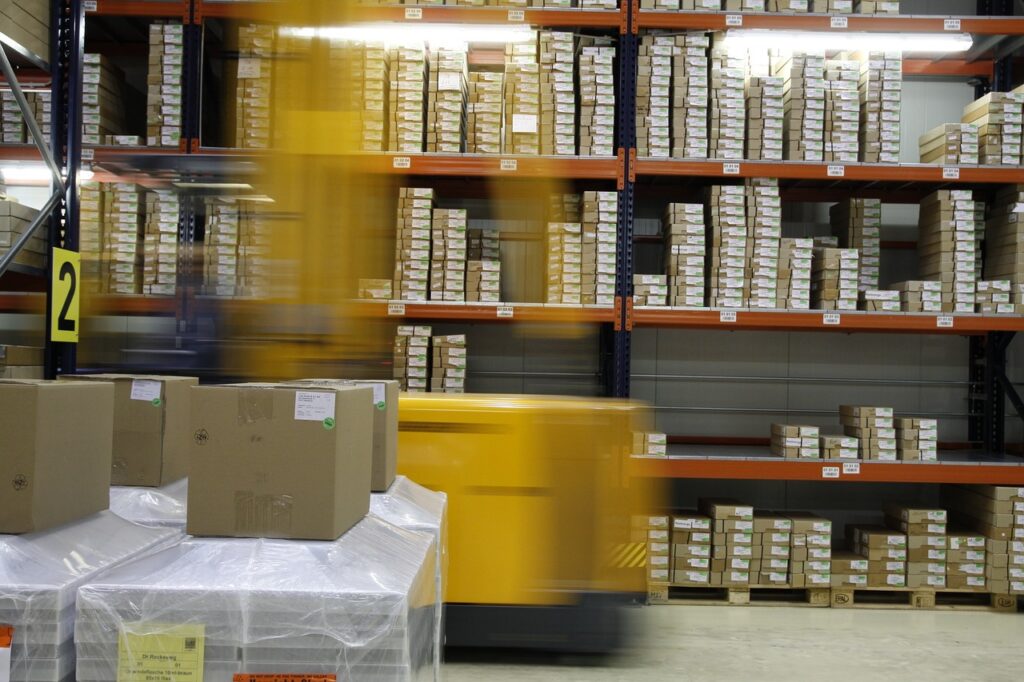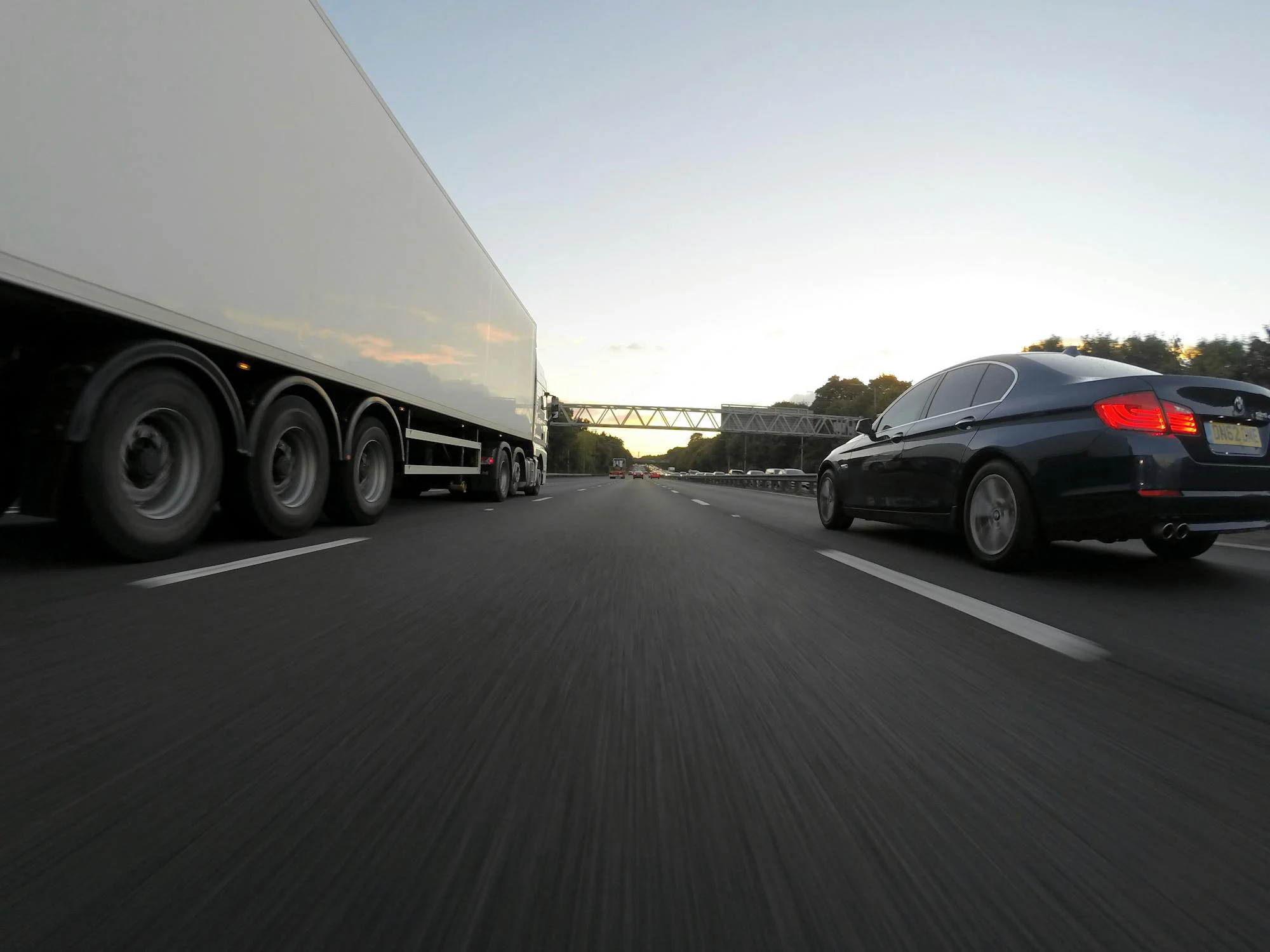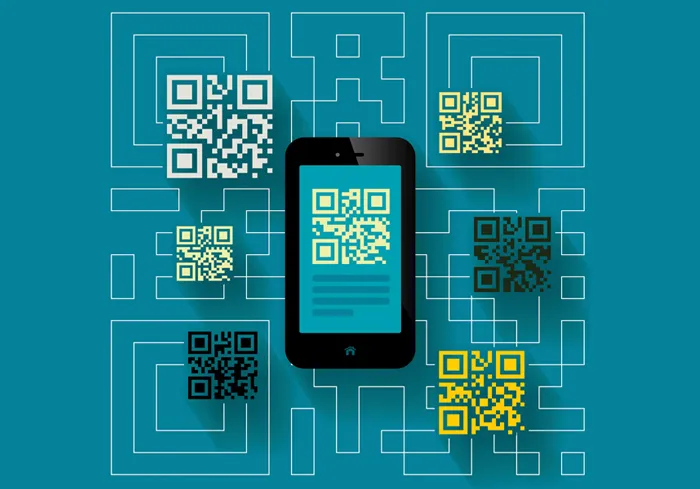
Advances in technology, sustainability efforts, and evolving consumer preferences are reshaping how products are packaged, stored, and transported. The future of packaging and handling solutions is set to be faster, more efficient, and more environmentally friendly. This article explores the emerging trends and innovations that are shaping the future of packaging and handling solutions.
The Rise of Sustainable Packaging
One of the most notable shifts in packaging solutions is the growing demand for sustainability. Consumers are increasingly aware of the environmental impact of packaging waste, prompting companies to adopt eco-friendly alternatives. The future of packaging will be dominated by materials that are biodegradable, recyclable, and made from renewable resources.
Bioplastics, for instance, are gaining traction as an alternative to traditional plastics. Made from organic materials like cornstarch or sugarcane, bioplastics are compostable and leave a smaller carbon footprint. Similarly, packaging made from mushrooms, seaweed, and other natural materials is becoming more popular as researchers develop innovative ways to replace conventional packaging.
Another key trend is the rise of reusable packaging. Companies in various industries are adopting systems where packaging is returned and reused for multiple cycles. This circular economy model not only helps reduce waste but also lowers the need for raw materials, making it more cost-effective in the long run. Brands such as Loop are leading the way by offering reusable containers for consumer goods, enabling customers to return packaging and reducing single-use plastic consumption.
Smart Packaging and Technology Integration
As technology continues to evolve, so too does packaging. The future of packaging is set to be increasingly integrated with advanced technologies, making it smarter and more interactive. Smart packaging uses sensors, QR codes, RFID tags, and NFC technology to provide real-time data about the product’s condition during transportation.
For instance, smart labels embedded with RFID technology can provide precise location tracking of products in transit, allowing companies to monitor the movement of goods in real-time. This technology can improve inventory management, reduce theft, and provide customers with detailed information about the product, such as its origin, freshness, and handling history.
Another exciting innovation is the use of temperature-sensitive packaging. With the rise of online food delivery and pharmaceutical shipments, ensuring that products remain at optimal temperatures during transport is crucial. Temperature-sensitive packaging can alert both the customer and the company if the product has been exposed to temperature fluctuations, ensuring that perishable items arrive in good condition.
Additionally, augmented reality (AR) and interactive packaging are being used to enhance the consumer experience. By scanning the packaging with their smartphones, consumers can access virtual content, such as instructional videos, promotional offers, or product details, creating a more engaging and informative experience.
Automation and Robotics in Handling
The future of handling solutions lies in automation. Robotics and artificial intelligence (AI) are revolutionizing warehouses, distribution centers, and fulfillment centers by streamlining the handling and packaging processes. Automated systems can quickly and accurately sort, pack, and ship products, significantly reducing human error and labor costs. Innovative electric powered floor cranes are increasingly being used to lift and move heavy items with ease, making the process more efficient and safe. Robotic arms and conveyor belts are already in use for tasks such as picking, packing, and sorting, and these technologies are expected to become even more advanced in the future. Robots with artificial intelligence capabilities can recognize and adapt to various shapes and sizes of products, making the sorting process more efficient.
The Impact of 3D Printing
Another exciting development in packaging and handling solutions is the integration of 3D printing technology. 3D printing offers immense potential for customizing packaging solutions based on individual product specifications. Instead of relying on mass-produced packaging, companies can use 3D printers to create bespoke packaging for each item, ensuring a perfect fit and reducing waste.
In addition to customization, 3D printing can help streamline the production process. By printing packaging on demand, businesses can eliminate the need for large inventories of pre-made boxes or containers, saving space and reducing costs. Furthermore, 3D printing allows for more intricate designs and lightweight packaging, improving the overall efficiency and environmental impact of packaging solutions.
Data-Driven Packaging Solutions
In the future, data will play a crucial role in optimizing packaging and handling solutions. The use of big data analytics will allow companies to track packaging performance, identify inefficiencies, and make informed decisions about how to improve their processes.
For example, companies can use data to optimize the size and shape of packaging to minimize waste and reduce transportation costs. With access to real-time data, companies can adjust packaging designs based on product variations, customer preferences, and shipping conditions. This data-driven approach will result in more efficient packaging that aligns with sustainability goals while also improving profitability.
The Role of Artificial Intelligence in Quality Control
As packaging and handling processes become more automated, AI-powered systems will play a crucial role in quality control. Using machine learning algorithms, AI can analyze packaging quality, detecting defects, inconsistencies, and potential damage before products leave the warehouse. AI systems can also predict potential failures in packaging materials, allowing companies to address issues before they affect customers.
This level of precision and foresight will ensure that products are delivered in the best possible condition, reducing the number of returns and increasing customer satisfaction. Additionally, AI-driven quality control can help companies maintain compliance with regulations and standards, ensuring that packaging meets the required safety and environmental guidelines.
Conclusion: A Future of Efficiency and Sustainability
The future of packaging and handling solutions is an exciting one, driven by innovation, sustainability, and automation. With a focus on eco-friendly materials, smart technologies, and data-driven processes, the industry is moving towards a more efficient and sustainable future. As companies continue to invest in these new technologies, the packaging and handling sector will be better equipped to meet the demands of consumers, reduce environmental impact, and improve the overall efficiency of the supply chain.
In the coming years, we can expect packaging and handling solutions that are not only more sustainable but also smarter and more responsive to the needs of the modern consumer. The integration of technology, automation, and data analytics will shape the future of packaging and handling, offering businesses the opportunity to deliver better products while minimizing their environmental footprint. The future of packaging and handling is poised to be a game-changer, making the entire process more efficient, cost-effective, and sustainable.










